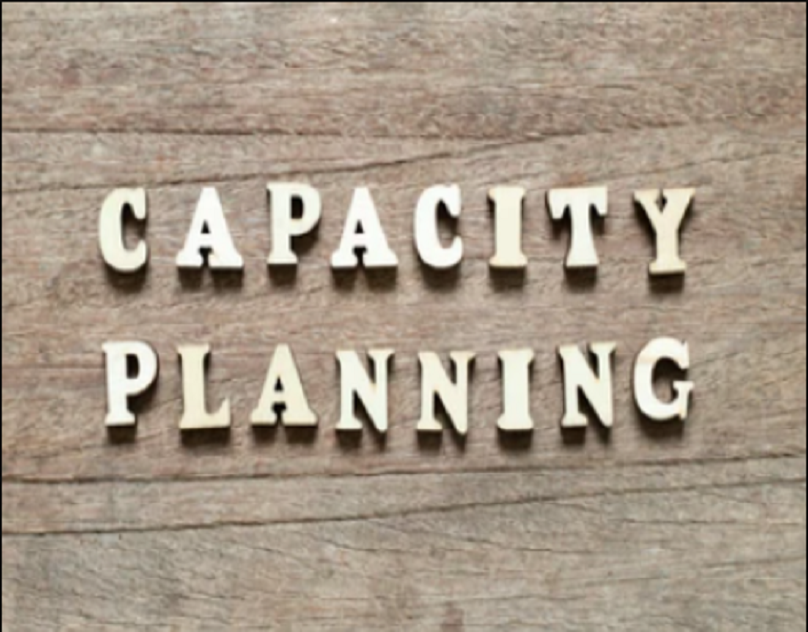The Earth, our only home, is facing unprecedented challenges. From record-breaking heat waves to devastating floods, from vanishing forests to dwindling wildlife, the planet is sending distress signals louder and clearer than ever before. We stand at a pivotal moment in history—one where our choices will define not just the future of humanity, but the survival of life as we know it. The “Broken Planet” is not just a metaphor for climate change; it’s a sobering reality that demands immediate attention and action.
A Planet in Crisis
The evidence of environmental degradation is overwhelming. According to leading climate scientists, the past decade has been the warmest in recorded history, with global average temperatures steadily increasing due to the burning of fossil fuels and the release of greenhouse gases. The consequences are visible everywhere: melting ice caps, rising sea levels, extreme weather patterns, and collapsing ecosystems.
Forests, often called the lungs of our planet, are disappearing at an alarming rate. The Amazon rainforest, a vital carbon sink, has faced unprecedented deforestation, mainly due to agriculture, logging, and infrastructure development. Coral reefs, home to a quarter of marine life, are bleaching and dying as ocean temperatures rise. Species extinction rates are now 100 to 1,000 times higher than the natural background rate, threatening biodiversity and destabilizing entire ecosystems.
These are not isolated incidents; they are interconnected symptoms of a planet pushed beyond its limits. The Earth’s delicate balance—carefully maintained for billions of years—is now being disrupted by human activity.
The Human Footprint
One cannot discuss the planet’s state without addressing humanity’s role. Industrialization, while a driver of progress, has also been a significant contributor to environmental degradation. Our insatiable appetite for energy, consumer goods, and development has come at a steep price.
Plastic pollution alone paints a grim picture. More than 8 million tons of plastic enter the oceans each year, threatening marine life and even entering our food chain through microplastics. The agricultural sector, while feeding billions, contributes heavily to greenhouse gas emissions through livestock farming, fertilizer use, and land conversion. Moreover, the world’s growing population—expected to reach nearly 10 billion by 2050—further strains natural resources like water, soil, and minerals.
Perhaps the most alarming factor is our dependence on fossil fuels. Despite the known consequences, coal, oil, and natural gas still dominate the global energy mix. The result? Increasing concentrations of carbon dioxide and methane in the atmosphere, trapping heat and accelerating climate change.
Climate Change: The Ultimate Wake-Up Call
Climate change is no longer a distant threat; it is happening now, and its impacts are widespread and devastating. In 2023 alone, we witnessed record-breaking wildfires in Canada and Greece, severe flooding in Pakistan and Germany, and intense hurricanes ravaging coastal regions. These events, once considered rare, are becoming the new normal.
Rising sea levels threaten to submerge entire islands and coastal cities. Millions of people risk becoming climate refugees, forced to flee their homes due to uninhabitable conditions. Agriculture is also suffering, with droughts and unpredictable rainfall patterns reducing crop yields and increasing food insecurity.
The Intergovernmental Panel on Climate Change (IPCC) has made it clear: to avoid the worst impacts of climate change, global warming must be limited to 1.5°C above pre-industrial levels. Achieving this requires reducing greenhouse gas emissions by nearly half by 2030 and reaching net-zero by 2050. This is a monumental task, but one we cannot afford to ignore.
The Cost of Inaction
Some argue that transitioning to a green economy is expensive and disruptive. However, the cost of inaction is far greater. Natural disasters linked to climate change already cost the global economy hundreds of billions of dollars annually. Moreover, the human toll—in terms of lives lost, health crises, and displacement—is immeasurable.
Economists warn that continued environmental neglect could lead to resource wars, mass migrations, and economic collapses. In contrast, investing in renewable energy, sustainable agriculture, and conservation could create millions of jobs and spur economic growth while protecting the environment.
Technological Solutions and Innovation
Despite the grim reality, there is hope. Human ingenuity has the potential to turn the tide. Renewable energy sources such as solar, wind, and hydropower are becoming more efficient and cost-effective. Electric vehicles are reducing dependence on fossil fuels, while advancements in battery technology are improving energy storage solutions.
Innovative approaches like carbon capture and storage, reforestation, and regenerative agriculture offer ways to remove excess carbon from the atmosphere and restore degraded ecosystems. Additionally, the rise of the circular economy—focused on reducing waste and maximizing resource efficiency—signals a shift toward sustainable production and consumption patterns.
Technology, however, is only part of the solution. Behavioral change is equally important. Reducing meat consumption, minimizing waste, conserving energy, and supporting eco-friendly businesses are steps individuals can take to reduce their ecological footprint.
The Role of Policy and Global Cooperation
No single nation can solve the climate crisis alone. It requires unprecedented global cooperation. International agreements like the Paris Accord are steps in the right direction, committing countries to reduce emissions and invest in sustainable solutions. However, commitments must translate into action.
Governments need to implement stricter regulations on pollution, incentivize renewable energy, and invest in green infrastructure. Corporations must embrace sustainability not just as a corporate social responsibility initiative but as a core business strategy. Citizens must demand accountability from leaders and actively participate in shaping policies.
A Moral Responsibility
Beyond science and economics, protecting the Broken planet is a moral imperative. Future generations depend on the decisions we make today. Indigenous communities worldwide, who have lived in harmony with nature for centuries, remind us of the importance of stewardship and respect for the Earth. Their knowledge and traditions offer valuable insights into sustainable living.
We also have an ethical duty to protect the millions of species with whom we share the planet. Humanity has no right to drive other life forms to extinction for the sake of convenience or profit. Every creature plays a role in maintaining ecological balance, and losing even one species can have cascading effects on entire ecosystems.
Conclusion: A Call to Action
The Broken Planet is not a prophecy of doom—it is a call to awaken, to recognize our shared responsibility, and to act decisively. We have the tools, knowledge, and resources to reverse environmental damage and build a sustainable future. What we need now is the collective will.
This is not just about saving polar bears or rainforests; it is about ensuring clean air, safe water, and a livable climate for all. It is about leaving behind a planet that our children and grandchildren can thrive on, not one they have to fight to survive.






